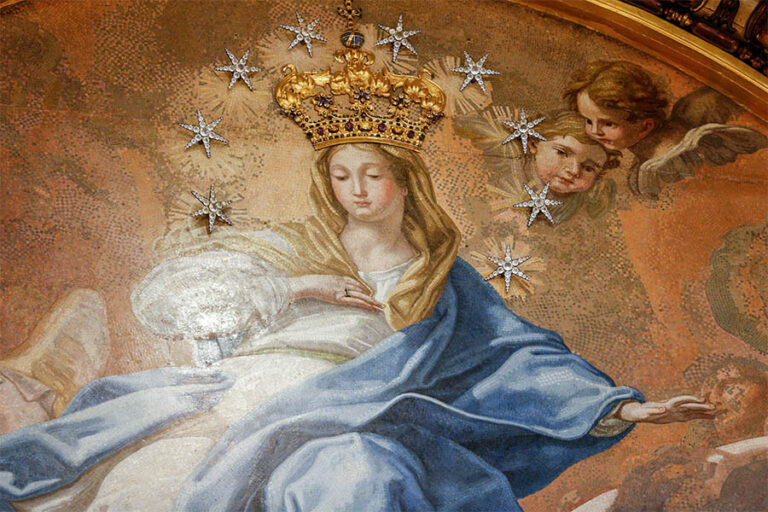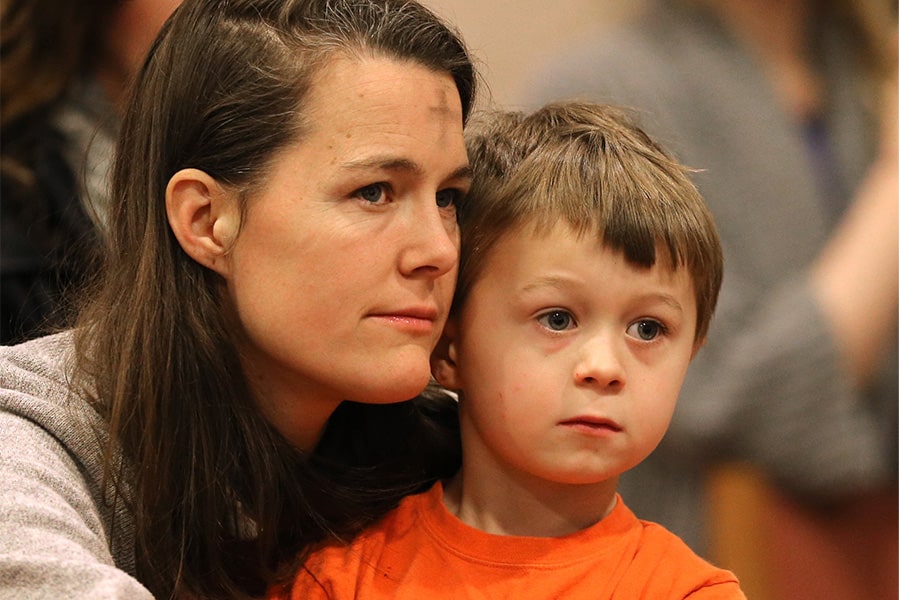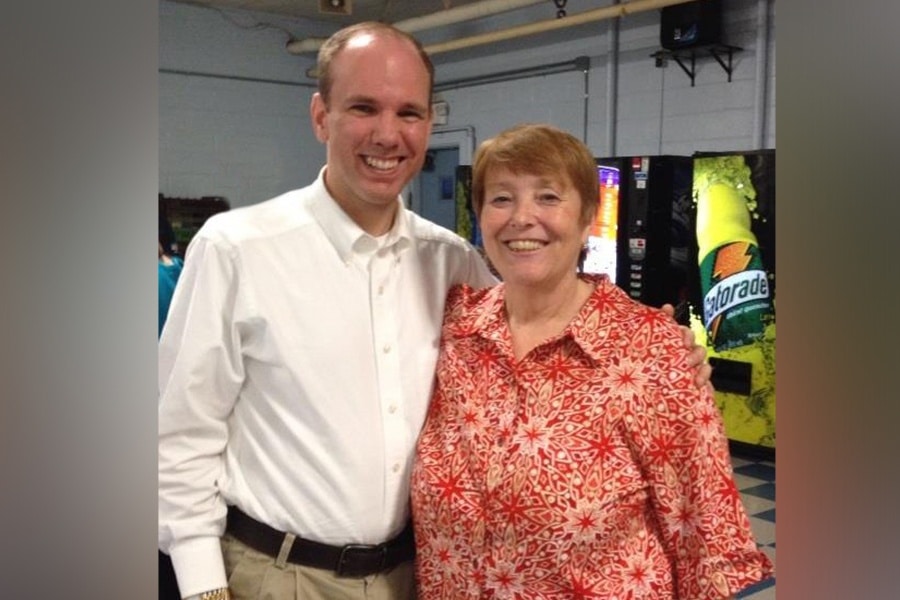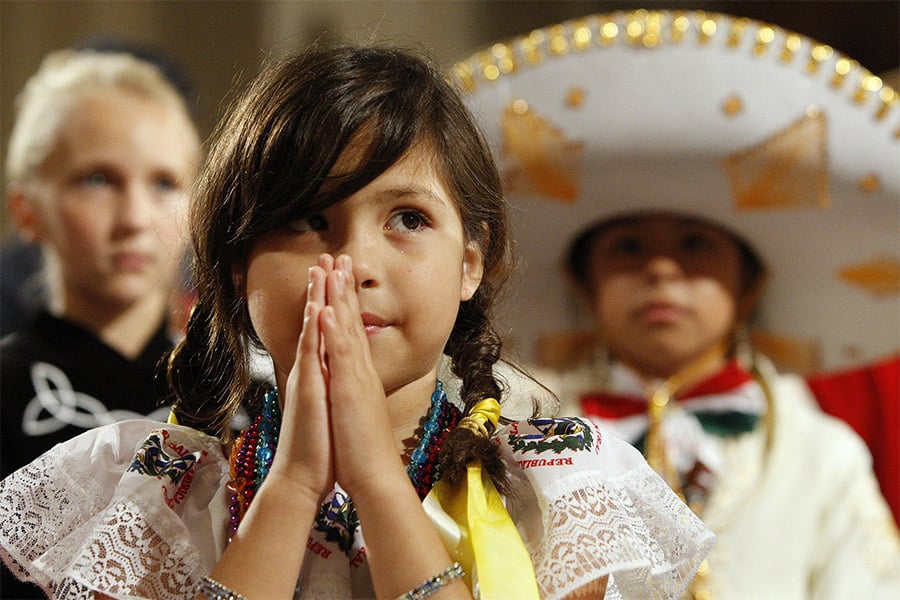Catholics love tradition, and that’s a good thing. The treasures of the church are a rich spiritual inheritance for all God’s children and a great source of consolation and hope. But sometimes, we forget that even the greatest hallmarks of our faith — the most common ways we practice what we believe — didn’t always exist. The “Hail Mary” is a case in point.
While it may be hard to believe, the “Hail Mary” developed over time. Originally, it included only the words of the angel Gabriel at the Annunciation as recorded in the first chapter of Luke’s Gospel. Elizabeth’s prophetic words at the Visitation were added by the end of the first millennium.
During the papacy of Pope Urban IV (1261–1264), the prayer was expanded to include the name of Jesus. But the second half wasn’t in use until the 14th or 15th century. Our “Hail Mary” wasn’t the church’s official form until St. Pius V revised the breviary in 1568. That was just three years before Lepanto, the victory enshrined by dedicating the month of October to the Holy Rosary. Strangely, the ultimate Catholic prayer, as we pray it, was approved by the church less than five centuries ago.
Imagine praying the “Hail Mary” without “Mother of God” or “pray for us, sinners,” or “now, and at the hour of our death!” Yet, that is exactly how our earliest saints called out to the Blessed Virgin.
Death was certainly not a stranger to the earliest Christians; many were persecuted and martyred. But for them, perhaps, the most important part of invoking the intercession of the Virgin Mary was the reassurance that because the Lord was with her, he would be with them, too.
After the fall of Rome and the rise of Islam, Catholics looked more and more to Mary as their Mother and Queen. To them, she was indeed “blessed among women.” As the church sought ways to reaffirm the real presence of Christ in Holy Eucharist, Urban IV presided at the first feast of Corpus Christi. It seems natural that he would also add the name of Jesus to this Marian prayer.
For me, the “Hail Mary” would not be complete without its final line: “now and at the hour of our death.”
I can imagine that Christians in the 14th and 15th centuries were intensely aware of death. They had every reason to be. Between one- and two-thirds of Europe’s population was wiped out by the Bubonic Plague in the mid-1300s. And if the Black Death wasn’t enough to make people think about their own mortality, there were dozens of wars. We may remember some — like the Hundred Years’ War and the fall of Constantinople — from Western Civ. Other more obscure localized conflicts are called more colorful names, like the Hook and Cod wars, the Battle of the Golden Spurs, and the Salt War.
Today, we live in a culture that has largely succeeded in sequestering us from death. We do everything in our power to keep death at a distance, so we don’t have to think much about it. Most of us live our daily lives as if the present moment will always run parallel to the one in which we breathe our last. And yet, we all know that simply isn’t true. For every one of us, at a time known only by God himself, “now” and the “hour of our death” will intersect.
The “Hail Mary” reminds us that life is short. By asking the Blessed Virgin Mary to pray for us not only now but when we will need her intercession most, we prayerfully place the rest of our earthly lives in her maternal hands. We entrust our eternal destination to her prayers, and in the process, we learn to live on earth with hearts that are fixed on heaven.
Catholic traditions and institutions are mighty and deep; they don’t change much, and they don’t move fast. But every once in a while, we tweak something, add a few words to a prayer — or come up with an entirely new set of mysteries. And when we do, it’s because the Holy Spirit wants to give us something more, something we may not yet know that we need.
Read More Commentary
Copyright © 2024 OSV News








